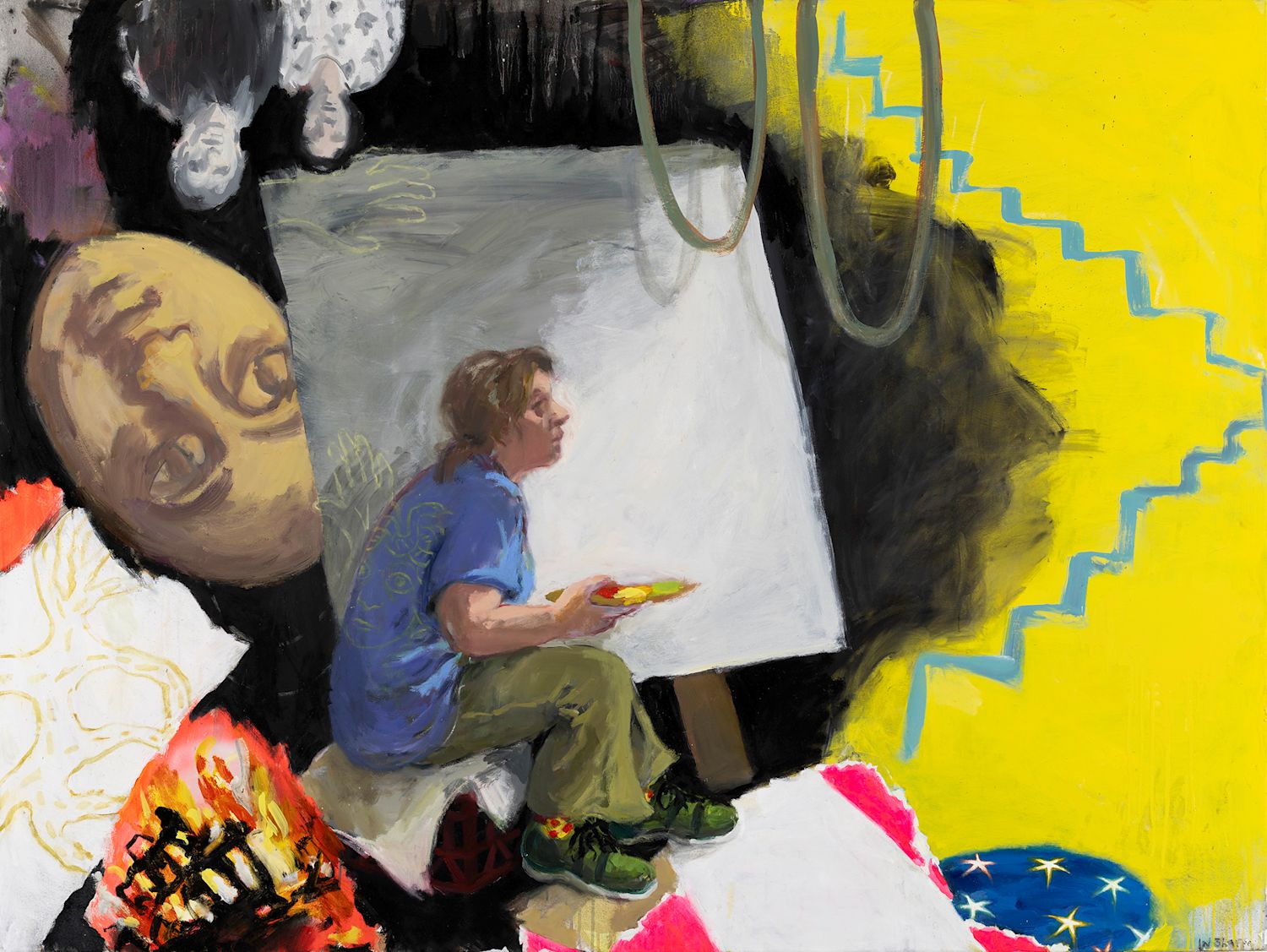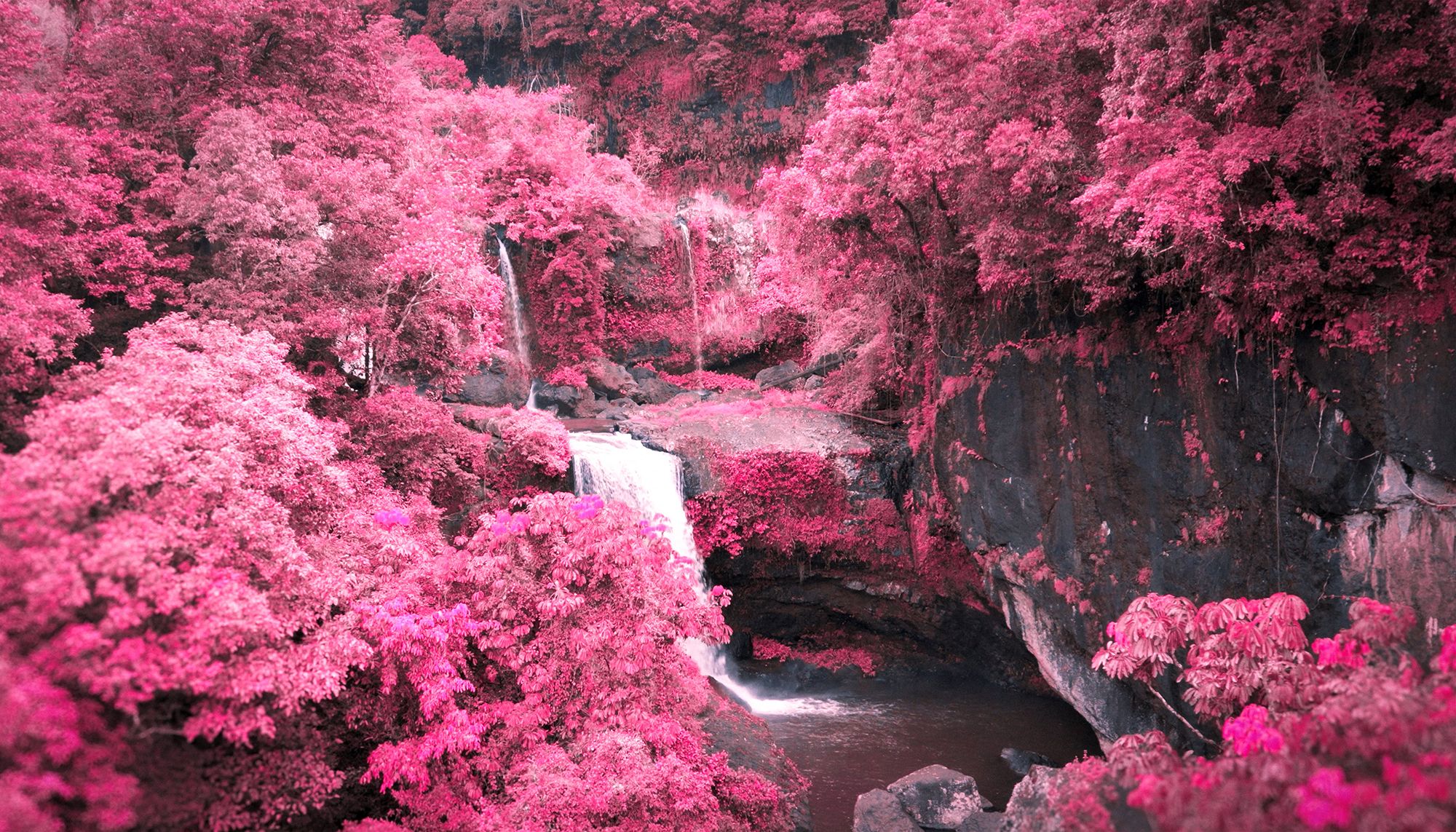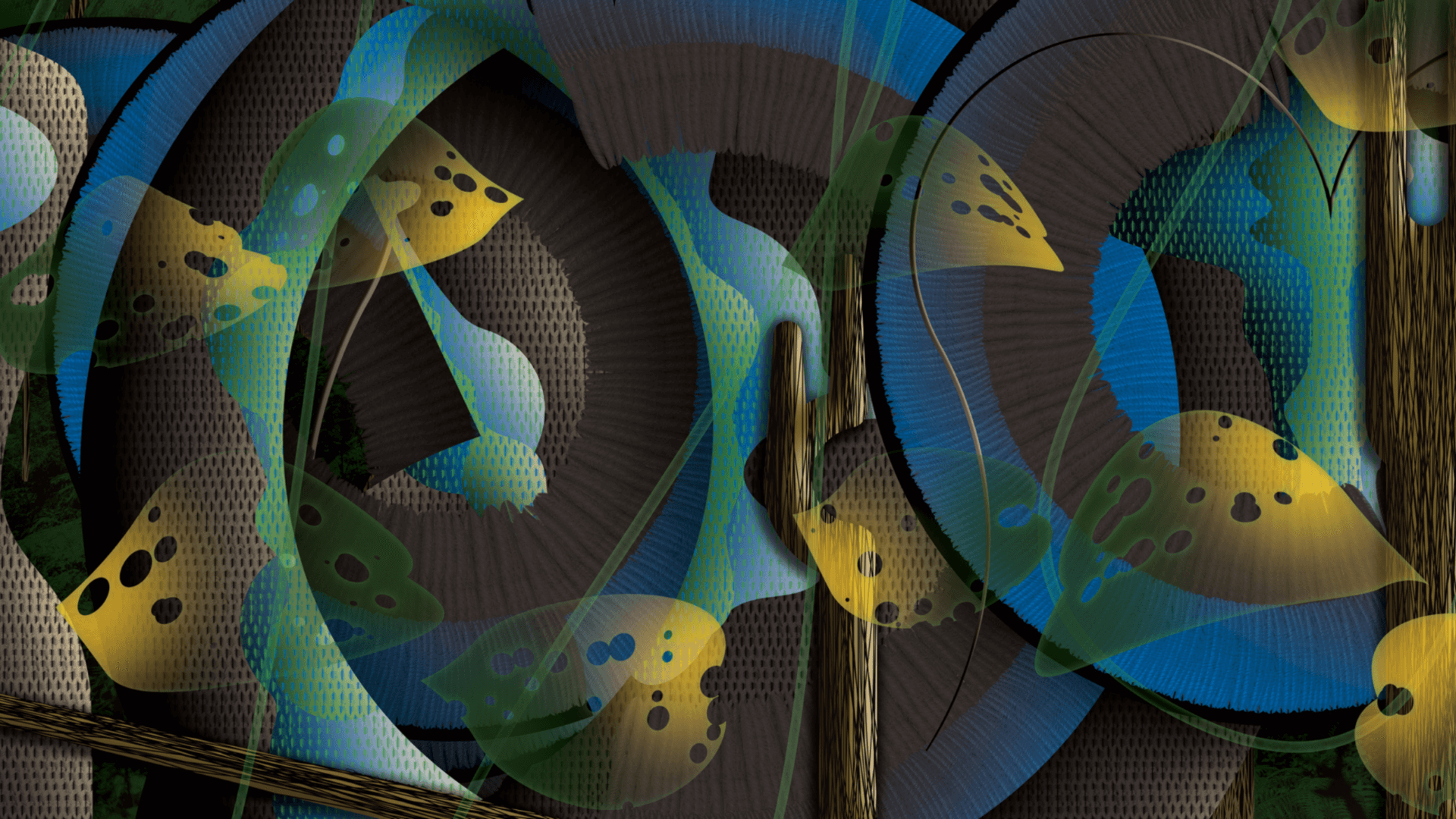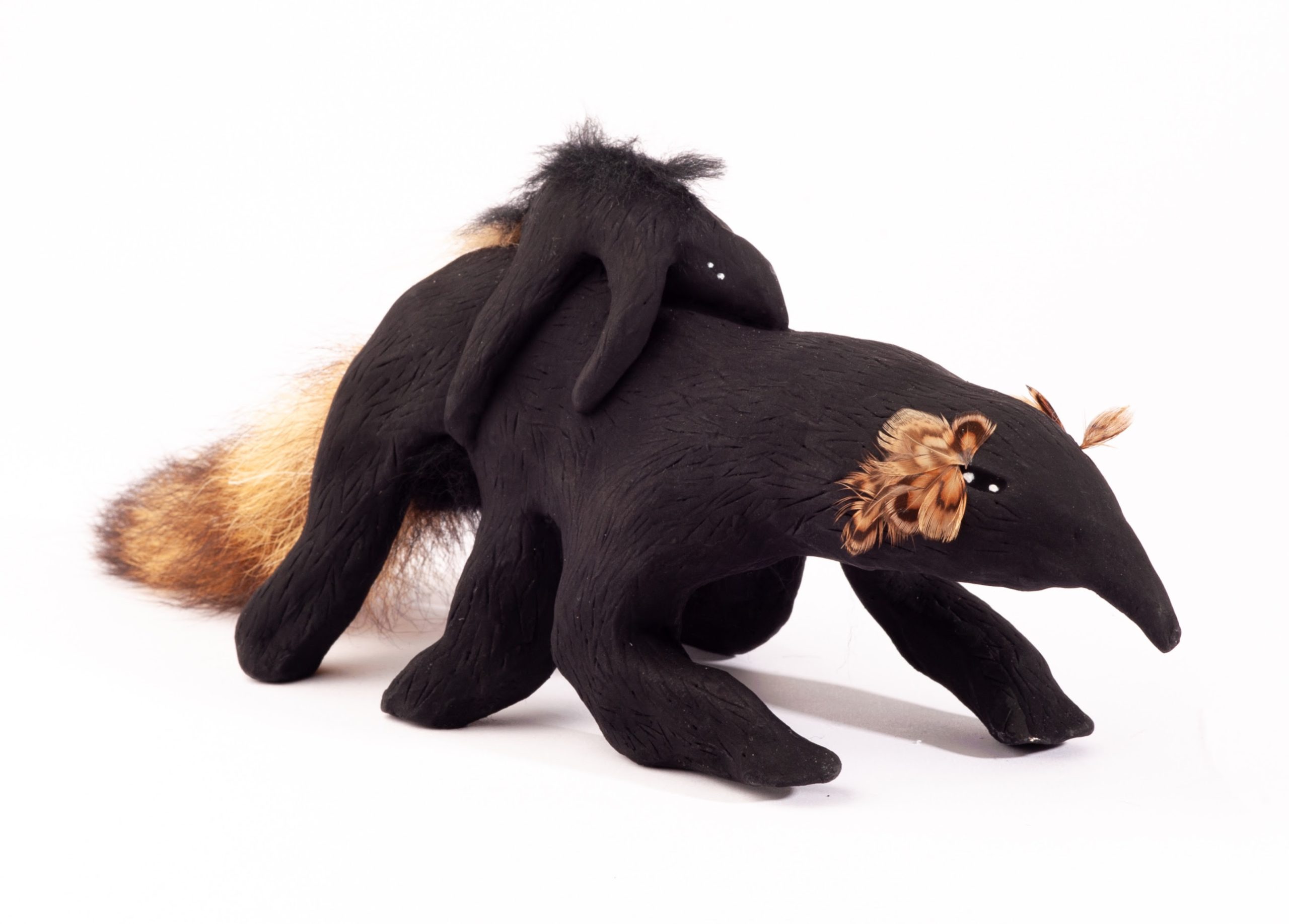
Brisbane-based printmaker Kay Watanabe will show her new works, which are rich in black and texture, in her solo exhibition on Saturday 1 September 2018 at The Wag Bar of The Woolloongabba Art Gallery in Brisbane (613 Stanley St., Woolloogabba, QLD, Australia. +61 7 3891 5551).
Entitled “Echo,” the show will be themed around Kay’s awe of nature and concerns about the environment, featuring her latest works depicting pine trees and pine cones. These works will be shown for the first time in Australia following Kay’s successful solo exhibition in 2016 and earlier in 2018 in Tokyo’s prestigious gallery district, Ginza.
The show in Brisbane will be held for one day only on 1 September (9am -6 pm). Entry is free.
Kay said, “These days, I have increasingly been made aware of such topics as global warming and natural disasters for which some scientists at least partly blame environmental destruction. I created the series of works for ‘Echo’ while considering nature’s strength and resilience and its beauty and solemnness in the face of these pressing issues.”
“Pines represents ‘longevity’ in the Asian culture and I hope to encourage the audience to reflect upon the beautiful nature we are losing and its consequences, and nature’s strength to survive despite adversity,” Kay added.
Originally from Japan, Kay has trained as a printmaker largely in Australia. She has been based in Brisbane since 2010, extensively exhibiting her works and winning awards in Australia and overseas.
Kay uses various printmaking techniques, sometimes independently and at other times combining more than two methods, to achieve desired effects. She chose to use the collagraph printmaking technique when creating many of the works for “Echo” as she found the technique was effective in creating organic textures and rich shades.
Unlike some printmaking methods, collagraph does not require harsh chemicals when creating a plate, thus the technique can be environmentally friendly. Kay manipulated a sheet of cardboard by
creating cracks and torn the surface of it to express pine trees’ impressive shapes and rough textures of trunks and needle-like leaves, hoping such marks would directly appeal to the viewers’ senses.









